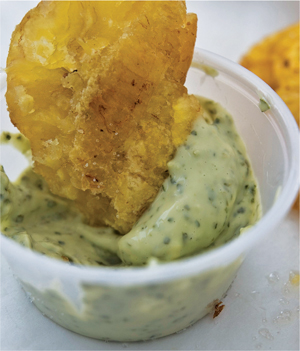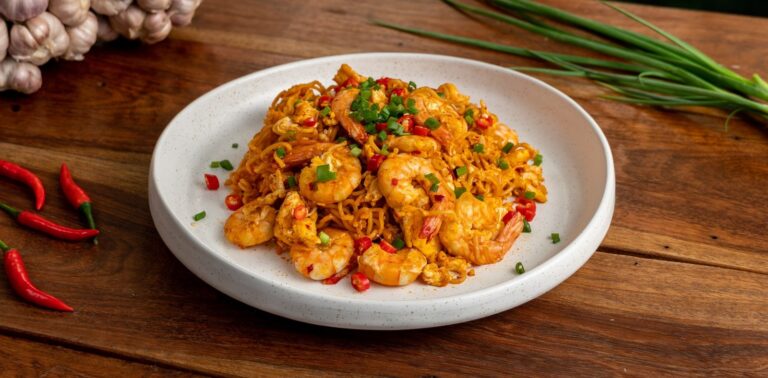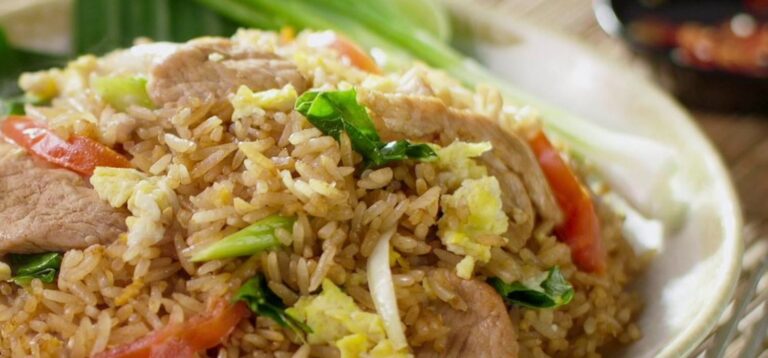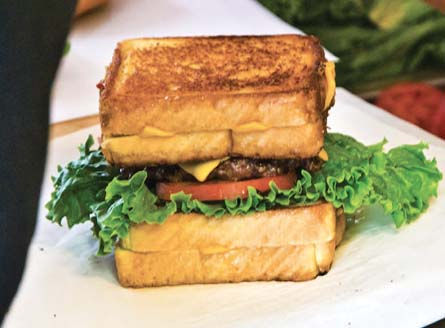THINK OF A POTATO with a little more character, a little more complex texture, and you’ve got yucca, a shrub native to South America and also known as manioc and cassava. (Grate the roots of that shrub and you have tapioca, of pudding fame.) Boil and then fry the root, as Pedro Vargas at Paladar Cubano stipulates, and you’ve got the perfect foil for dipping in garlic sauce.

SERVES 4 TO 6
6 pieces yucca (about 2 pounds total), peeled and cut into 3-inch chunks (see Note)
2 quarts vegetable oil
Salt
Garlic-Cilantro Sauce (recipe follows), for serving
- Bring a large pot of salted water to a boil; the pot should be large enough to hold all of the yucca covered by at least 1 inch of water. Add the yucca to the pot and let boil for 10 minutes. Using a fork, pierce the yucca to test for doneness; it should feel like a potato that is half done, not too soft, not too hard (you know—Goldilocks texture). Remove the yucca from the heat and drain it in a colander. Let the yucca cool to room temperature, then refrigerate it for at least 2 hours, preferably overnight.
- Once the yucca is cold to the touch, cut each piece lengthwise into fourths. Heat the vegetable oil in a deep fryer or Dutch oven over medium-high heat until a deep fry thermometer attached to the side of the pot registers 325°F. Working in batches and being careful not to overcrowd the pot, carefully add the yucca to the hot oil 4 to 6 pieces at a time and cook until golden brown, about 5 minutes. Using a slotted spoon, transfer the fried yucca to a dish lined with paper towels to drain. Season the yucca with salt to taste. The yucca tastes best when cooked immediately prior to serving. Serve the yucca with the Garlic-Cilantro Sauce.
NOTE: Yucca is available at markets selling international foods and at some supermarkets.
LAST SEEN
Aurora Avenue and North 90th Street, Seattle, Washington
PALADAR CUBANO
PEDRO VARGAS, who grew up in the town of Pinar del Río in western Cuba, is a conga player by vocation. His bona fides include stints with Barbarito Torres of Buena Vista Social Club fame. Outfitted with an adjacent wooden deck and set in a gravel lot on Seattle’s multicultural thruway, Pedro’s white truck, Paladar Cubano, doubles as a Cuban cultural center.
A boom box blasts timba and casino, Cuban riffs on salsa music. Plastered to the truck windows are posters for touring Cuban acts and a menu placard that reads “What is Mamey?” (It’s a firm tree fruit with a taste comparable to sweet pumpkin; Paladar Cubano serves mamey shakes.)
Everyone in line seems to be ordering Cuban sandwiches, swabbed with lots of yellow mustard and toasted on a trouser press–like device. But I’m keen on Pedro’s fried yucca chips, dipped into a pungent garlic sauce.


